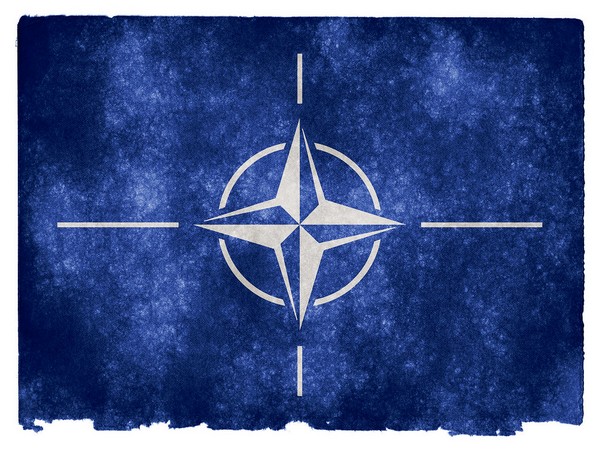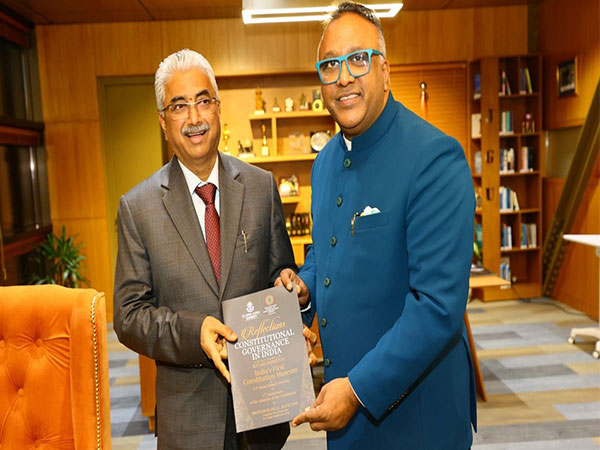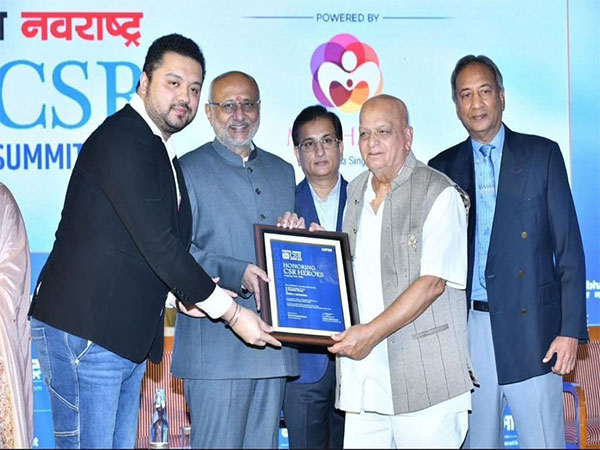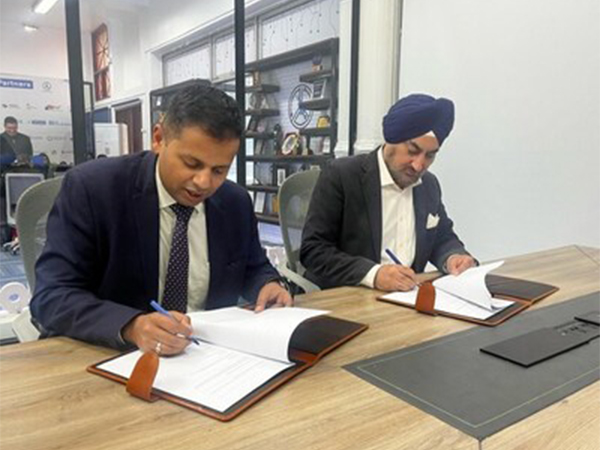
New challenges for NATO after 75 years of establishment
Jul 10, 2024
Washington DC [US], July 10: During the three-day conference, US President Joe Biden and leaders of the bloc's members will try to demonstrate the bright future that lies ahead for the North Atlantic Treaty Organization (NATO), according to Deutsche Welle.
Seventy-five years after its founding, the military alliance is stronger than ever. Transatlantic relations are back on track. However, the summit atmosphere was somewhat affected by President Biden's domestic troubles and European leaders' internal political difficulties.
NATO's New Phase
Over the course of three days, the leaders of NATO's 32 member states will discuss the alliance's future direction. Plans to help Ukraine are among the key agenda items of the summit. At the same time, NATO is expected to send a message that the bloc is closely monitoring the growing military ties between Russia and China, according to The Washington Post.
Since Russia launched a special military operation in Ukraine in February 2022, NATO has drawn up new plans to enhance its defense capabilities, sending troops to the territories of member states bordering Russia. Deutsche Welle estimates that there are currently about half a million NATO troops on standby. The alliance also welcomed two new members, Sweden and Finland.
Member states are also investing more in their military. The number of countries spending at least 2% of GDP on defense has increased from nine in 2021 to 23 in 2024, according to Reuters, citing NATO Secretary General Jens Stoltenberg. Therefore, the summit in Washington (USA) is intended to send a signal of strength and unity, as well as bring symbolic meaning to the role of the US leadership.
Risks from both sides of the Atlantic
However, the summit also comes at a time when two of Europe's leading countries, Germany and France, are experiencing internal crises. In addition, President Biden, who has led the effort to revive NATO since 2021, is facing political risks. He is doubtful about his ability to continue leading the US, as well as facing pressure to withdraw from his re-election bid. And many in Europe are concerned that Republican presidential candidate Donald Trump could return to the White House after the November 5 election.
To prevent Trump from being re-elected and blocking aid to Ukraine, NATO will formalize efforts at this conference to establish a new military command center in Wiesbaden, Germany. This is an agency that will coordinate military aid and training for Ukraine, officially replacing the US-led Ukraine Military Contact Group from 2022.
The new command center will shift responsibility for providing weapons and aid to Kyiv from the Pentagon to NATO, in what CNN quoted US officials as a "bridge to membership" mechanism. Through this mechanism, a country is prepared to work with the alliance on the first day of joining. At the same time, the summit is expected to announce a new military aid package for Ukraine, including a commitment by NATO to spend at least 40 billion euros on Kyiv in 2025.
The Atlantic Council (headquartered in the US) also pointed out three challenges that NATO must face at the same time: It is necessary to strengthen internal coordination, especially in the industrial-military field; the crisis within member countries; and the 32 countries have not yet truly agreed on supporting Ukraine.
The Kremlin said yesterday that it was closely following the developments at the NATO summit, as the alliance has declared that it views Russia as an enemy and seeks to defeat it, according to TASS. Kremlin spokesman Dmitry Peskov said Moscow views NATO as fully involved in the conflict in Ukraine.
Source: Thanh Nien Newspaper






